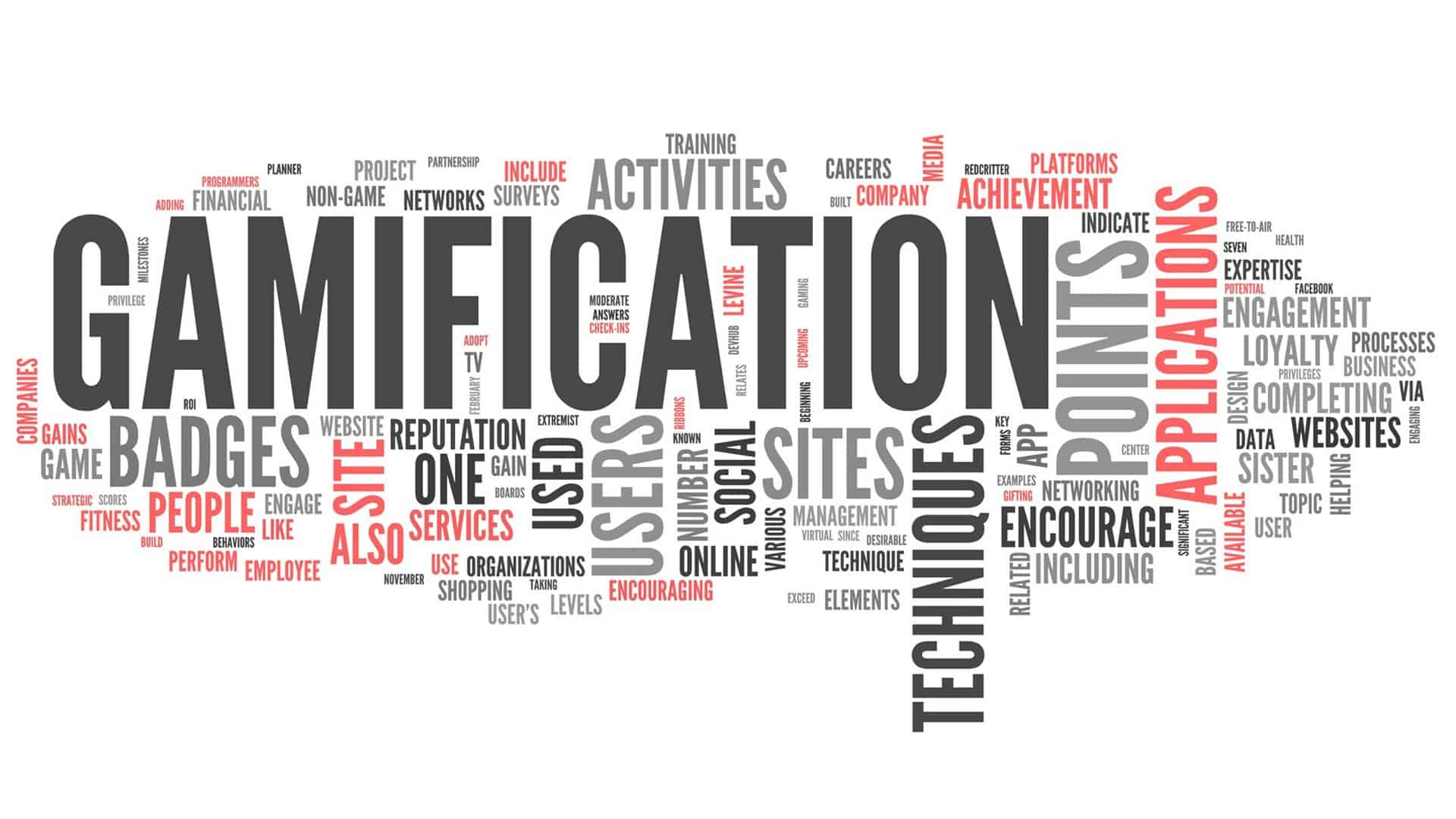
The word “gamification” is a term that has been loosely used that is gaining traction in the enterprise sector lately. Since it is growing in importance, we need a clear definition of what gamification is. According to Wikipedia “Gamification is the use of game thinking and game mechanics in non-game contexts to engage users in solving problems and increase users’ self-contributions”. It is a powerful tool to push content, training, compliance, improve productivity and/or increase sales in your organization.
Mistfit is a very good example of how gamification helps to change people’s behavior. For instance, you can track your activity by yourself in the platform, but the experience is enhanced by its social aspect. The user is able to add their friends to an activity. This allows everyone to have a common goal and users are competing to be the first to reach the goal. This situation forces all users participating in the activity to increase their activity level in order to be on top of the scoreboard.
This seems like a trivial job but it is not that simple. Here are things to consider when developing a gamification initiative:
Identify Goals: When designing a gamification initiative, identify clear individual goals that are to be achieved through the experience. These goals should include everything one might be able to achieve through the user’s gamification initiative. In addition, the organizational goals should be clear as well.
Find Goal Alignment: Individual goals and organizational goals have to meet at some point to guarantee the success of a gamification initiative. The sweet spot is to find the intersection between the individual and organizational goals, to ensure both are achieved.
Engage Emotionally: It is important that the players are able to emotionally engage with the program. To achieve the best results, find an emotional component that will drive adoption from the users, instead of making engagement a task. For some people ranking at the top of the list is most important, for others, it is getting rewards – badges, points, etc. In any case find what resonates with your players and actively attempt to engage them.
Create the right rewards: Remember the goal is to change a behavior through gaming mechanics. Behavior is intertwined with rewards systems so it is important to be thoughtful about the rewards and the potential outcomes they will create.
Gamification can be a very powerful approach in changing behaviors of users, increasing adoption of your product or educating your workforce. But it is important to pay close attention to individual goals, organizational goals, goal alignment, overlap, emotional engagement and selecting the right rewards to make your gamification initiative successful.

